-696x310.jpg)
Bill Viola is a unique figure in the development of contemporary art and the Redtory Museum of Contemporary Art (RMCA) is most honoured to present the first large exhibition of his work in China. Throughout his long career he has, literally, bridged east and west. Not only has he entered into dialogue with Hindu, Buddhist, Sufi and Christian beliefs, but he has also constantly been at the forefront of using new technologies for reproducing images and sound and then, stretching their capabilities to the utmost, he has confronted with them the profound realities of birth, life and death.
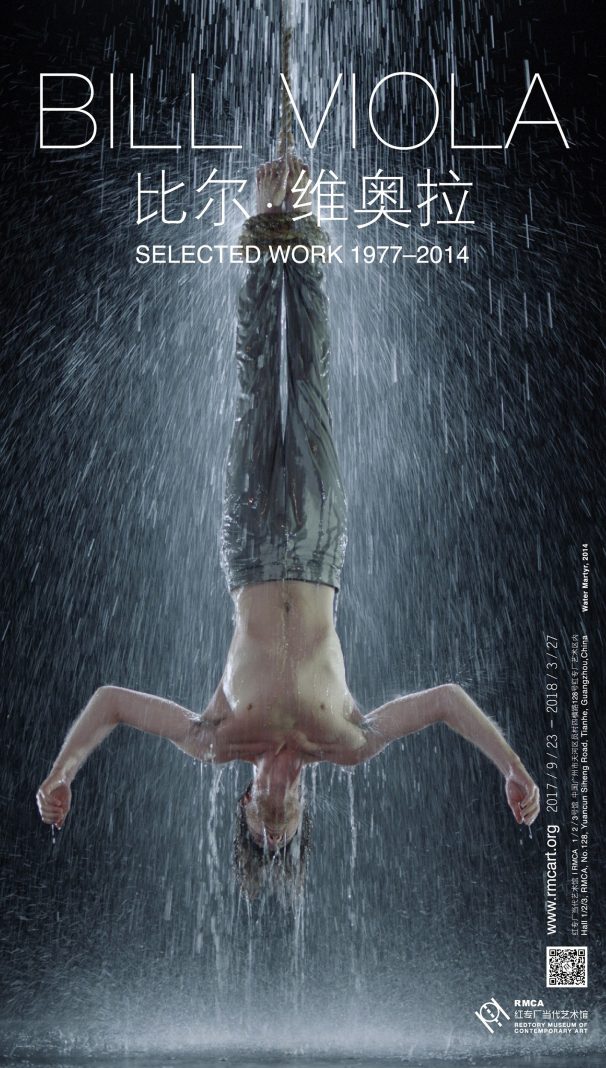
The exhibition is shown across four buildings of the RMCA,including a special screening room for his earlier video tapes. A large orientation space has also been built, on the model of Viola’s Long Beach studio, which will enable the public to access interviews with the artist and to find more about his whole work. An extensive public program of public lectures and panels will run throughout the exhibition, starting on 23 September with a discussion between Kira Perov, Viola’s fellow artist and partner, David Elliott, RMCA Senior Curator.
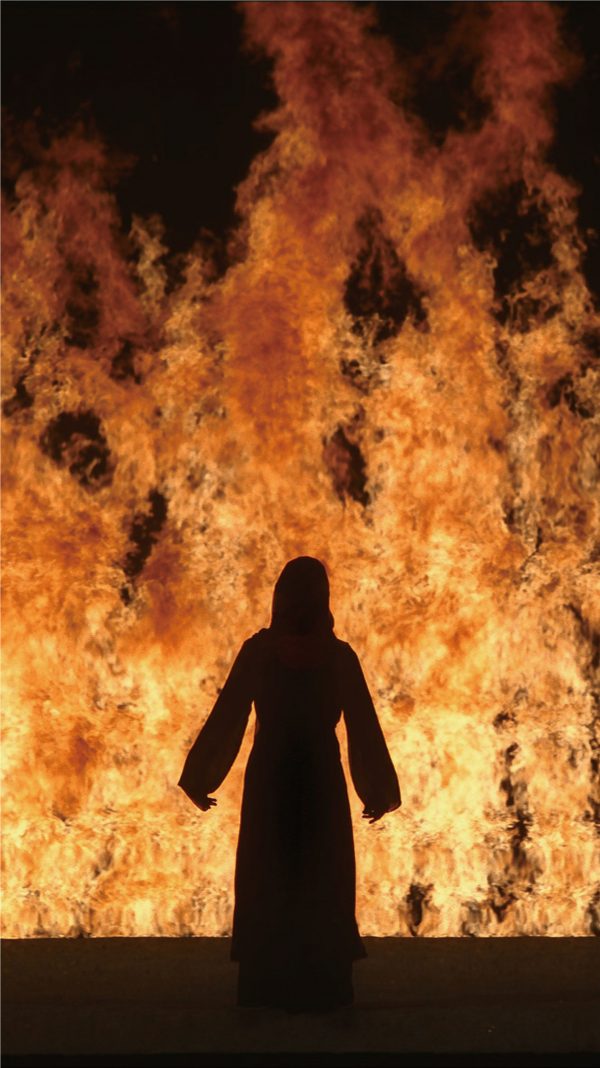
Over 40 years Viola has produced such a vast body of work that it would be impossible to show every aspect and we have decided to concentrate on 24 important works from 1977 to 2014. The climax of this exhibition, the four Martyrs (2014), a version of which is in St Paul’s Cathedral in London, has recently been acquired for the RMCA collection.
From the 1970s to the present, Viola has created a new poetics of video and film. In the 1970s, the early years of video art, he made a series of videotape and installation works that questioned the principles of human perception. Tapes shown here, such as The Reflecting Pool (1977-79), Hatsu-Yume (First Dream, 1981) or Ancient of Days (1979–81) play games with the new medium of video, as well as with the camera and the lens, freezing time, disorienting size, space and light, to create images that the human eye, and mind, could never otherwise see.
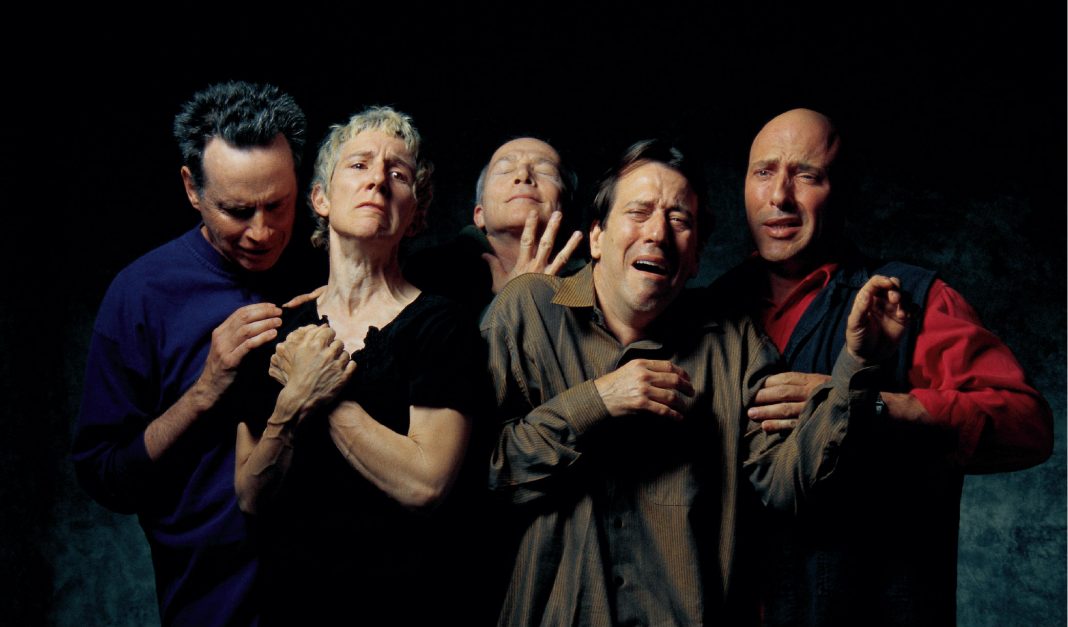
During the 1980s the scope of Viola’s work expanded to include references to famous works from the history of art as well as to the writings of mystics and poets of many nationalities. His videotape shown here I Do Not Know What It Is I Am Like (1986), described by John Hanhardt as “one of the most commanding artworks of the late twentieth century”, observes animal and human consciousness using the motif of an eye as “a gateway to the soul”.
Through the 1990s, Viola continued to produce increasingly complex large-scale installations and videotapes that were exhibited internationally and gained widespread critical acclaim. In the long period of preparation that prefigured The Passing (1991), he began to move away from the dispassionate, encyclopaedic approach of his earlier works towards the reflection of major life events, in this case the birth of his first son in 1988 and the death of his mother in 1991.
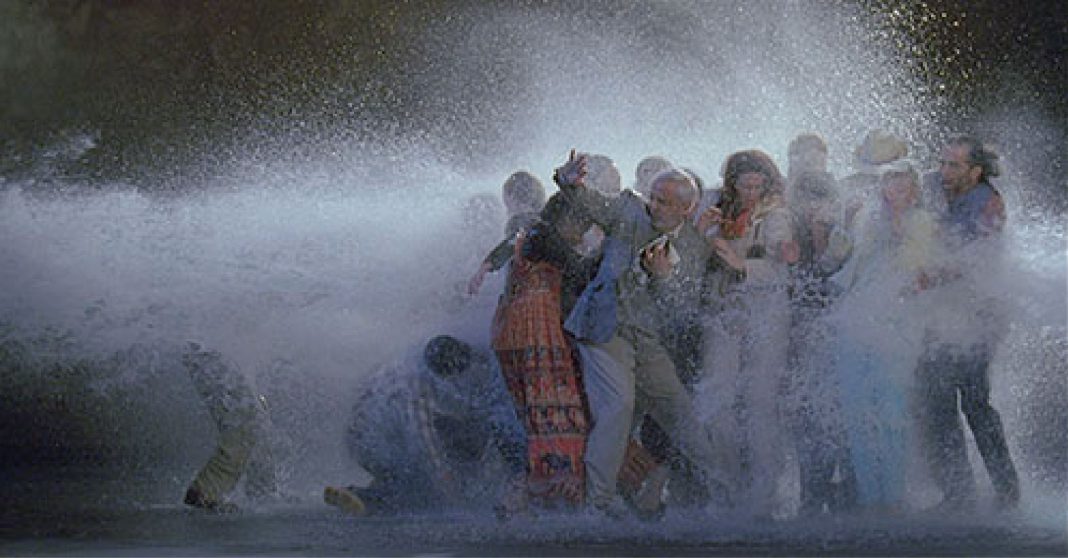
In the middle of the 1990s, the look and pace of his work changed again as he began to work with actors and to use a high-speed 35 mm camera that could achieve very smooth slow motion; in 2000 he began to show such images on flat panel screens that would reveal, in perfect detail, silent, slowly moving images in which the poses, expressions and movement of the figures could convey imperceptibly fleeting emotions and passions. Three of The Passions works are shown here: Quintet of the Astonished (2000) takes the figures and mood of Hieronymus Bosch’s painting Christ Mocked (The Crowning with Thorns), (1490 – 1500) as a pivot; Observance (2002) is based on The Four Apostles, two wings for an altar painted by Albrecht Dürer in 1526; The Raft (2004), however, has a more everyday reference in that it shows a random, mixed group of 19 city dwellers suddenly flattened by a crushing high speed jet of water and then their ensuing struggle to give comfort and strength to each other as they rise again to their feet.
If Viola’s work now needed complicated equipment and a large crew to achieve the necessary effects, Fire Woman and Tristan’s Ascension (both 2005) required a specially designed Hollywood shooting stage in which water and fire could be used as part of an elegant and confounding system of illusions. Both deal with the topic of the tragic death of two lovers and are related to a larger cycle of images made to accompany Peter Sellars’s production of Richard Wagner’s Tristan und Isolde for the Paris Opera in 2005. Based on a medieval story of a passionate, doomed love affair, these massive, imposing works show ―an image seen in the mind’s eye of a dying man‖ as, against a wall of raging fire, a woman appears to be consumed as she falls into her own reflection. The torrential cascades of water in the second work cover the ascent of a man’s soul in the moments after death.
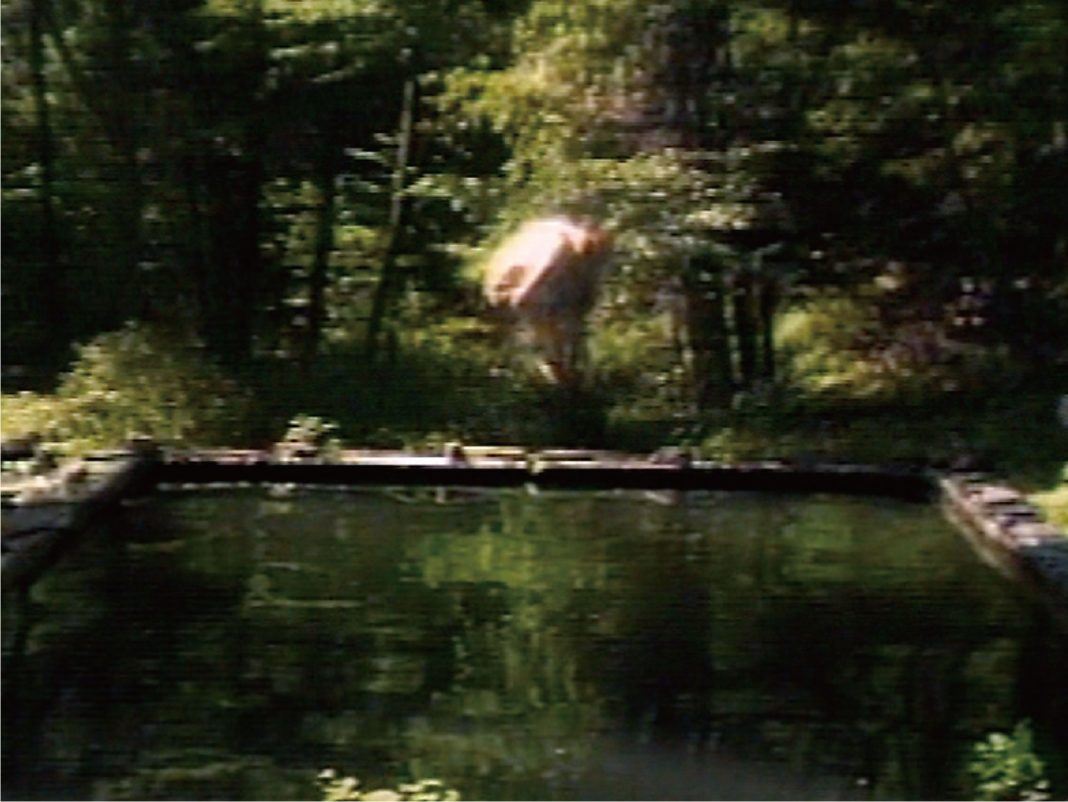
The Encounter (2012) and Walking on the Edge (2012) develop the mirage-like narratives of flat desert landscapes first shown here in Viola’s early video Chott el Djerid (A Portrait in Light and Heat, 1979). Intense desert heat bends and changes light as ―two women take separate journeys at opposite ends of their lives‖ while, in the second work, two men, father and son, appear at the far extremes of the frame and as they walk, become closer until they cross, and again grow further apart.
The four Martyrs (Earth, Air, Fire, Water) (2014), shown on flat screens in the same room, are an expression of the principle of action and belief. The different torments of these unfortunate people are not expressions of victimhood but of fortitude, perseverance, endurance and sacrifice as the body is tested to the limit and, as in Fire Woman and Tristan’s Ascension, they transcend the veil of darkness and death.
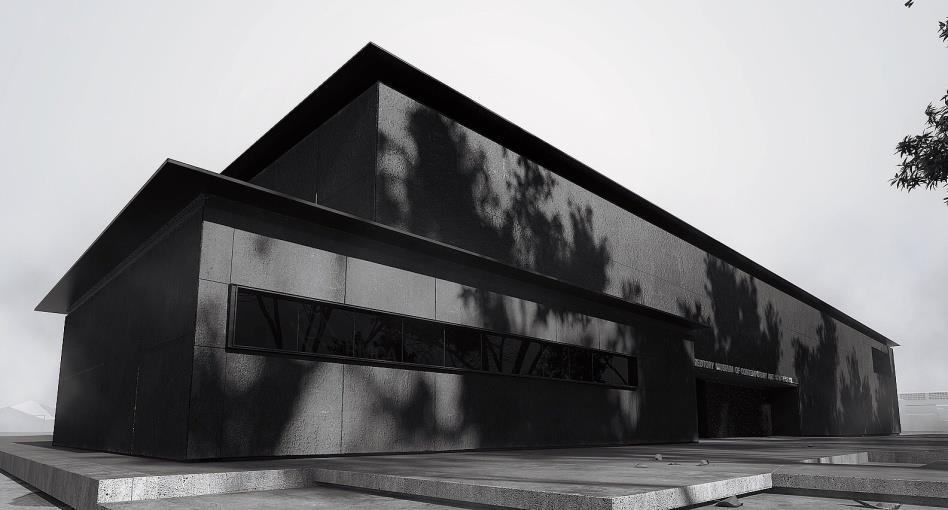
As an indispensable extension of this exhibition, RMCA has produced, in Chinese and English, a fully illustrated catalogue. Bill Viola’s own words are combined in this with interviews with leading art historians John Hanhardt and JörgZutter and two articles, by Jean-Christophe Ammann, former director of the Museum of Modern Art in Frankfurt, and John Walsh, former director of the J. Paul Getty Museum in Los Angeles.
Bill Viola: Selected Work 1977-2014
September 23, 2017— March 27, 2018
REDTORY MUSEUM OF CONTEMPORARY ART | GUANGZHOU
www.rmcart.org
rmca@redtory.com.cn





